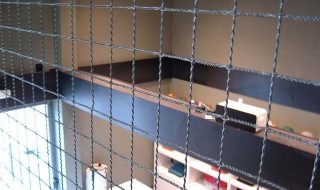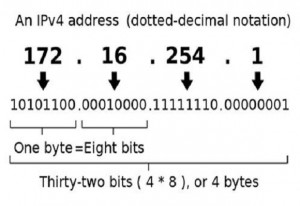
Converting from IPv4 to IPv6: what does this mean for your website?
Changing addresses can be scary. What if your street suddenly gets named Psycho Path? Or Slaughterhouse Drive? Due to the growing number of web pages and devices, the internet is converting from the IPv4 system to the IPv6 system, which means that every web address will change. However, this shift doesn’t have to be as scary. In fact, most internet users won’t even be aware that it has taken place. If you own a website, there are still a few things you might want to know.
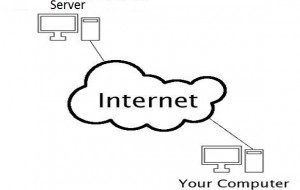
Every page on the web and every device linking to it has an IP address. This IP address is how your computer knows that when you click on a link to ebay.com, you’re taken somewhere you want to go, rather than somewhere random. If you have a website, it has an address like this. If you don’t know what it is you should be fine, you’re paying a web host to keep track of it for you. However, this address is host specific, meaning that when you change web hosts you’ll change addresses as well. A good host will handle these details for you, and most people identify a site by its domain name, so you shouldn’t worry about this too much.
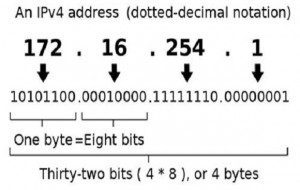 Previously the internet used the IPv4 system, in which each address was a 32 bit number using dots to separate the nodes. An example of an IPv4 address would be: 123.123.123.123. This system allowed for 4.3 billion addresses to exist. For a long time this was more than enough. But since every single page and every single device has to have one, and bundles of addresses have been sold to large companies, we were able to burn through this amount fairly quickly. Although there was an IPv5, the system was never put into place and is now forgotten in cyberspace. Instead, we have slowly been implementing the IPv6 system.
Previously the internet used the IPv4 system, in which each address was a 32 bit number using dots to separate the nodes. An example of an IPv4 address would be: 123.123.123.123. This system allowed for 4.3 billion addresses to exist. For a long time this was more than enough. But since every single page and every single device has to have one, and bundles of addresses have been sold to large companies, we were able to burn through this amount fairly quickly. Although there was an IPv5, the system was never put into place and is now forgotten in cyberspace. Instead, we have slowly been implementing the IPv6 system.
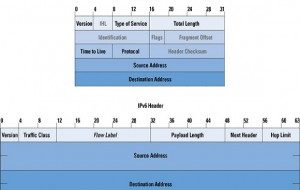 IPv6 is a 128 bit system. As a result, it allows for there to be 2128 unique addresses, which is over 340 undecillion. An impressive statistic is that, “we could assign an IPv6 address to EVERY ATOM ON THE SURFACE OF THE EARTH, and still have enough addresses left to do another 100+ earths.” (Steve Leibson). The increase in space is largely due to the change in address format. IPv6 uses letters in addition to words and is longer. An example of an IPv6 address would be: 4aae:17a1:1a23:45:179:a8ff:12fe:cf67. The larger capacity not only allows for more websites and devices, but also allows efficient aggregation of subnet routing prefixes to occur at routing nodes. Basically this means that website traffic can all be routed faster, and web pages are pulled up quicker.
IPv6 is a 128 bit system. As a result, it allows for there to be 2128 unique addresses, which is over 340 undecillion. An impressive statistic is that, “we could assign an IPv6 address to EVERY ATOM ON THE SURFACE OF THE EARTH, and still have enough addresses left to do another 100+ earths.” (Steve Leibson). The increase in space is largely due to the change in address format. IPv6 uses letters in addition to words and is longer. An example of an IPv6 address would be: 4aae:17a1:1a23:45:179:a8ff:12fe:cf67. The larger capacity not only allows for more websites and devices, but also allows efficient aggregation of subnet routing prefixes to occur at routing nodes. Basically this means that website traffic can all be routed faster, and web pages are pulled up quicker.
The switch from IPv4 to IPv6 should be fairly smooth. Google has made the plan to switch over to IPv6 for a day or two just to test the waters before a complete shift. Even after IPv4 addresses are no longer accepted, websites not in IPv6 will be glitchy, but not unreachable. In addition, if you don’t have a website, all you need to know is that we’re gradually changing from an IPv4 system to an IPv6 system and little else matters. If you do have a website, your web host most likely will make the change for you. If you’re hosting your own website however, you probably need to get on the ball. For most people, this transition shouldn’t be scary. Internet users should instead be looking forward to higher speed internet and more flexibility.
Don’t forget to Subscribe to the feed for future Tech Resource posts!! and follow/like us on twitter @andysowards and facebook @andysowardsfan




